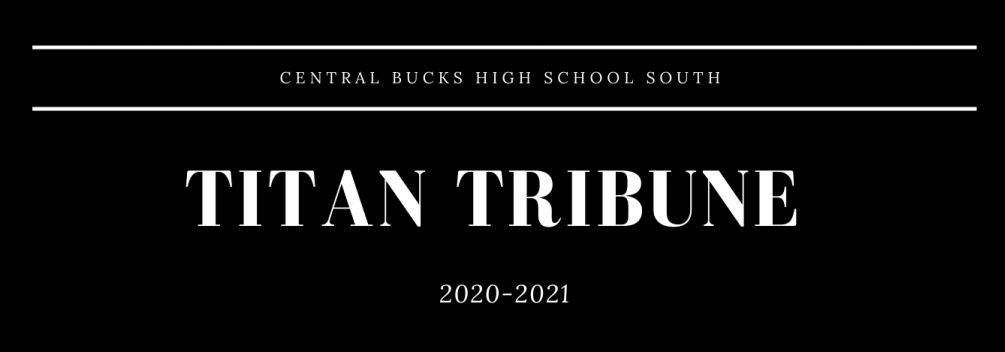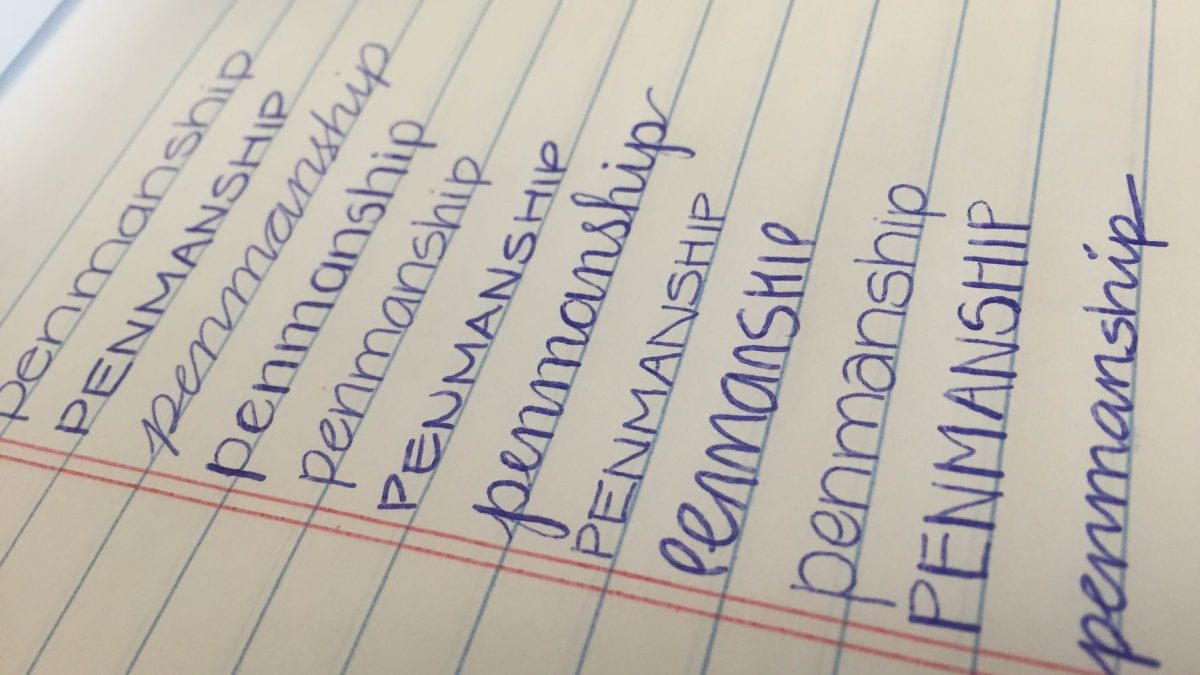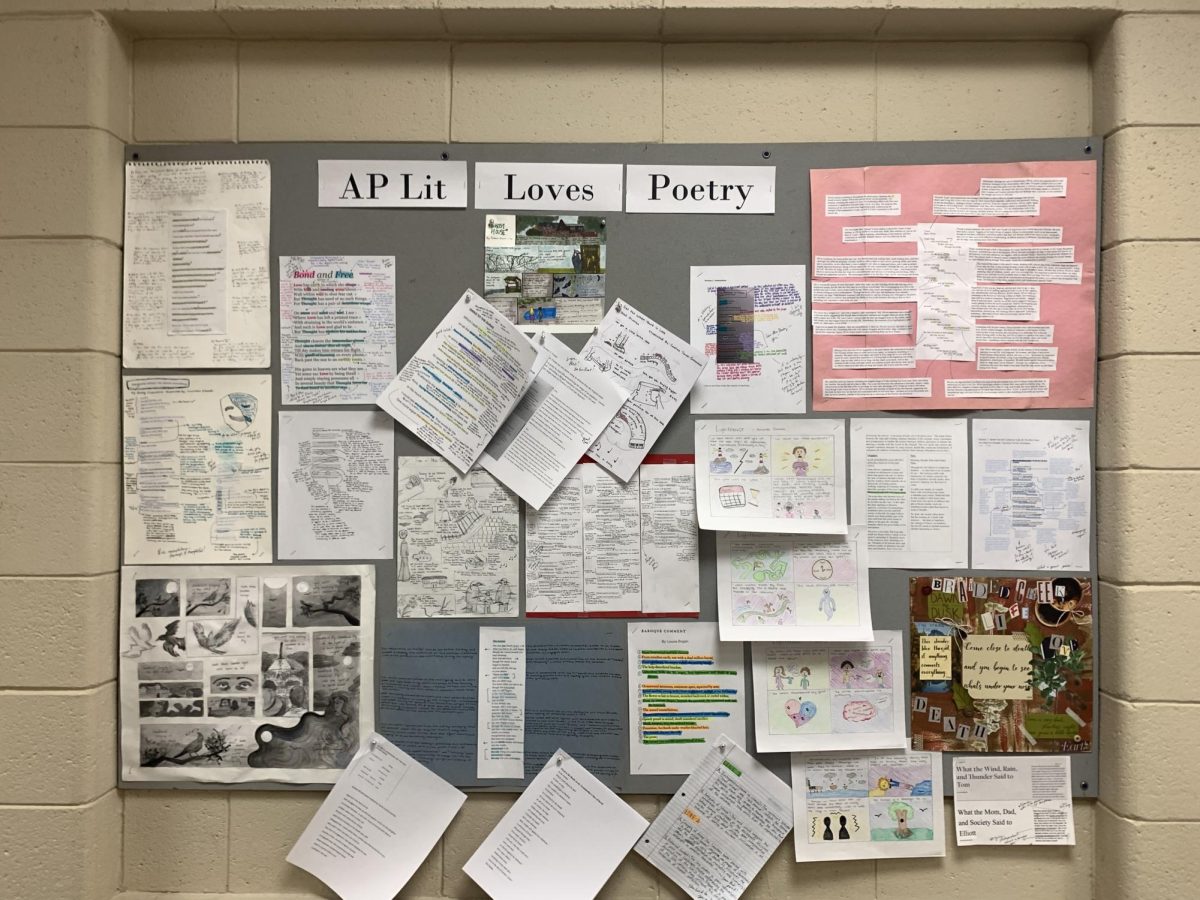Anything I hand-write and give to another comes with a disclaimer: Let me know if you can’t read anything. Most everyone — my friends, my family, my teachers, on more than one occasion — can agree that my handwriting is a disaster. Illegible. Unintelligible. A monstrosity. It wasn’t for a lack of trying. I was taught how to write cursive in the first grade. I force myself to slow down, painstakingly carve each character out one by one to ensure they’re neat, and yet without fail, my handwriting always turns into some warped Frankenstein-ian blend between cursive-aestheticism and an optical illusion.
My experience strikes at the very heart of one of the more controversial debates of the modern age: Should penmanship be taught in schools? With the rise of the technological age where computers and keyboard dominate, many are quick to dismiss handwriting as obsolete. Instead, they argue that typing courses are the new essentials, classes to help us be more efficient, practical, quick — everything that our ever-moving, progressive society idealizes. But there is more to life than speed. Communication is the key to connection, connection the basis of our day-to-day interactions. In fully mechanizing this process — as we have with almost everything else — we lose more than a scrap of antiquity; we lose a fragment of our humanity .
Let me be clear: the debate over penmanship and the debate over cursive are not one and the same. Penmanship is the art of handwriting, of legibility; cursive is a particular form of handwriting. There is validity to the arguments against both. Pitted against courses like Math, English, and Science, classes in either would take time and effort away from an already-overloaded curriculum. Instead, courses in typing, perhaps, might be more efficient, more effective to prepare students for an increasingly tech-oriented world. But efficiency isn’t all that matters, and while cursive is only one nuance in the discussion, penmanship, the art of making handwriting more legible cannot be so easily dispensed with.
Various studies — from the Norwegian University of Science and Technology to Vanderbilt University to Indiana university — all demonstrate the effectiveness of writing in neural development. “You can see that in tasks that really lock the motor and sensory systems together, such as in handwriting, there’s this really clear tie between this motor action being accomplished and the visual and conceptual recognition being created,” Sophia Vinci-Booher, an assistant professor of educational neuroscience at Vanderbilt University said. “As you’re drawing a letter or writing a word, you’re taking this perceptual understanding of something and using your motor system to create it.”
Producing tangible results, even in something as simple as putting things in writing, involves multiple different processes at one time — more processes than typing. Just like any muscle, the brain requires use to strengthen. The regular activation of those brain areas doesn’t just mean better hand-eye coordination or fine motor skills, though (although penmanship offers that as well).
A 2021 study by cognitive neuroscientist Yadurshana Sivashankar found that participants were able to more accurately remember a list of memorized words more accurately when performing a corresponding action. “Drawing information and enacting information is helpful because you have to think about information and you have to produce something that’s meaningful,” she says. And by transforming the information, you pave and deepen these interconnections across the brain’s vast neural networks, making it “much easier to access that information.”
There is little genuine value to simple transcription and regurgitation as typing often encourages; the true learning occurs when we analyze, interpret, and seek to evaluate. By engaging our minds in the filtering of information through handwriting, we remember more, understand more, learn more — all skills that remain essential, regardless of our society’s advancing modernity.
As much as we rely upon typing for our efficient aims, at the very heart of learning penmanship is the key to a host of integral and uncompromisable abilities. If we are unable to learn the shapes of letters, we cannot recognize them on a keyboard, much less string together sentences. If we are unable to read one another’s handwriting, communication is rendered futile. And when we are unable to communicate, progress becomes impossible.
Both typing and penmanship are necessary to continued productive dialogue, but penmanship is the foundation. And without the foundation, the system crumbles.











